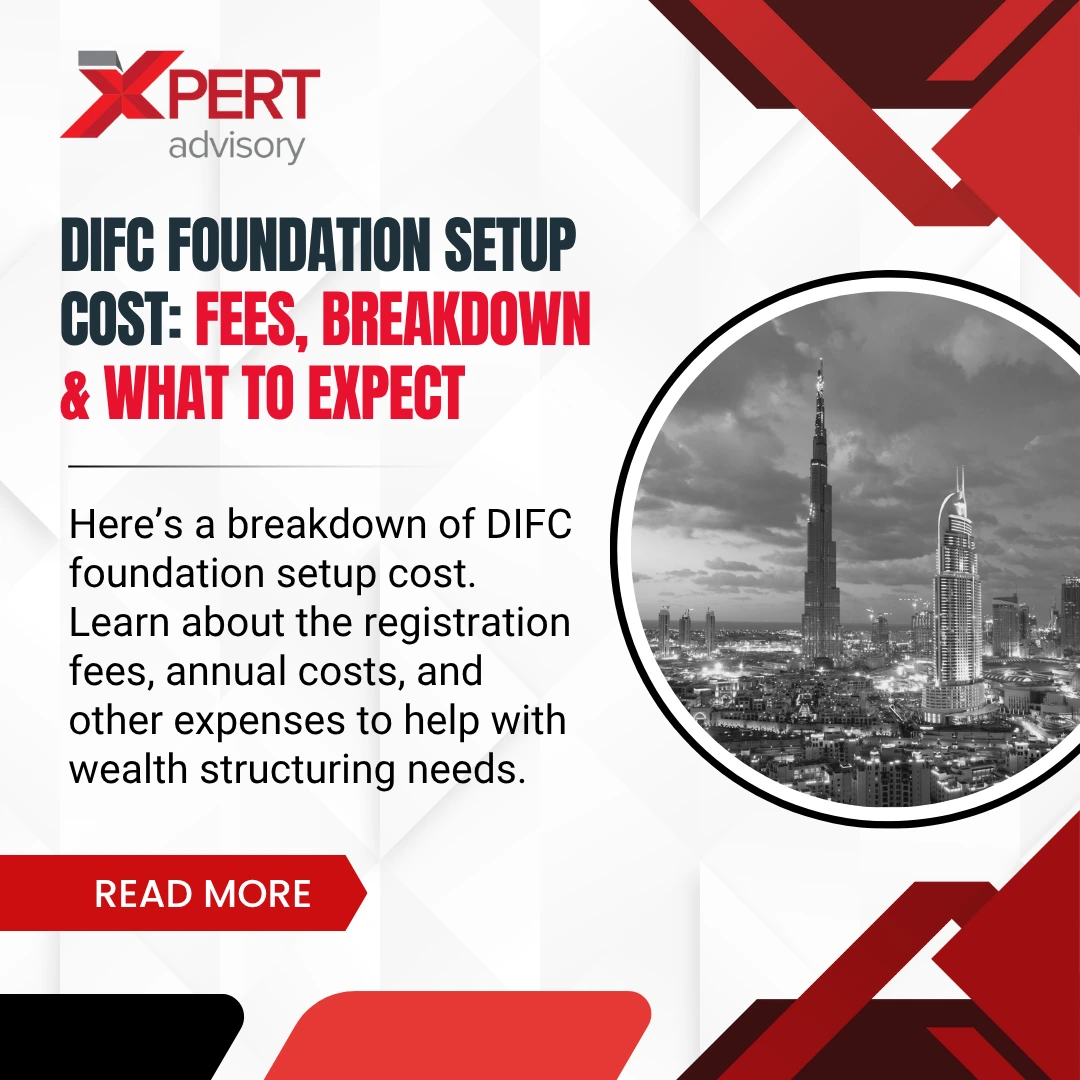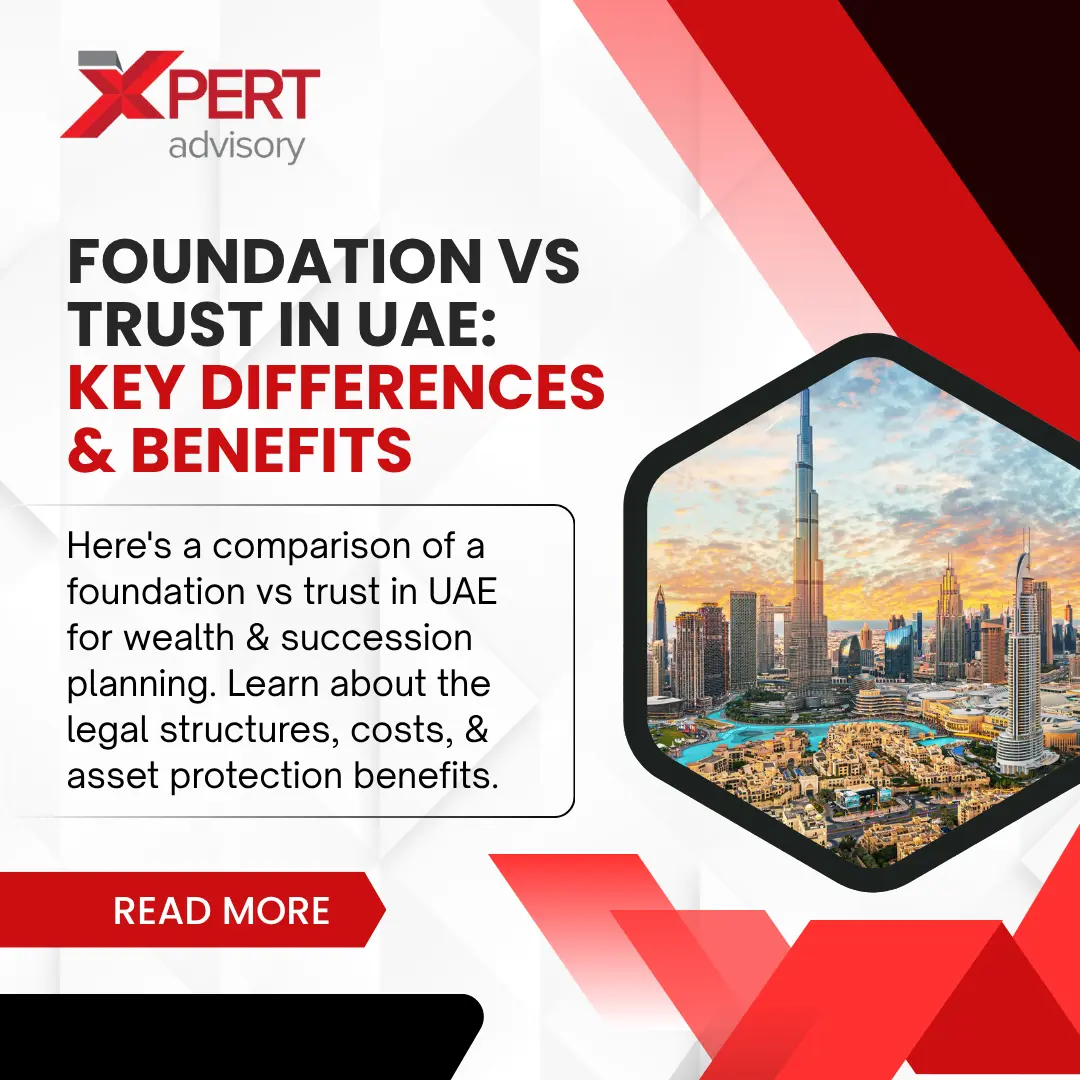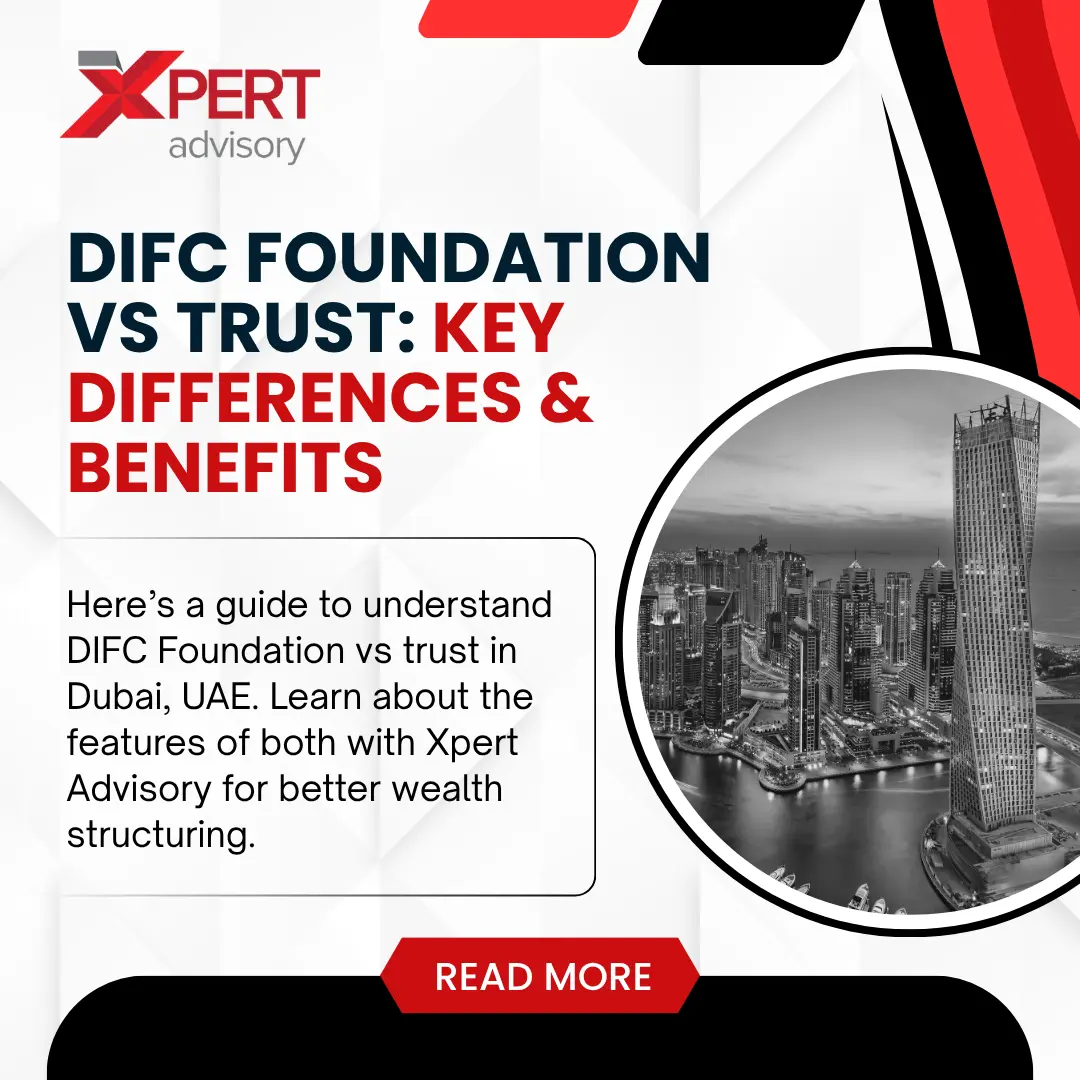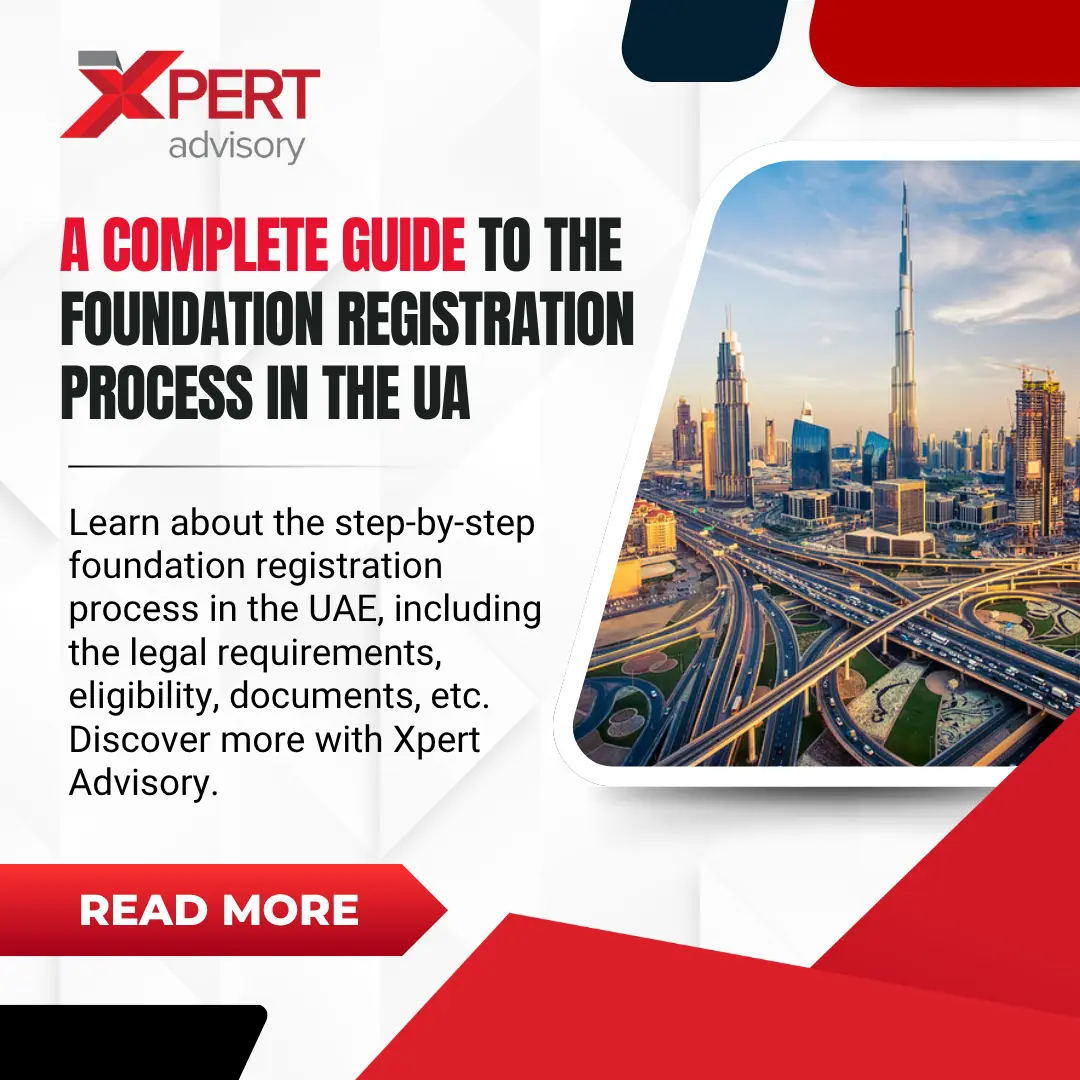Like other industries, the insurance sector experiences significant harm because of money laundering activities. Criminals conceal their dirty money through insurance policies, making them difficult for law enforcement to track. In this case, robust AML programs protect both financial safety and business. These programs protect insurance policies against misuse in criminal activities. In this guide, we’ll discuss how anti money laundering in insurance sector operates and demonstrate its fundamental role.
What is AML in Insurance Industry?

AML policies are laws that protect against criminals concealing illegal money sources. Insurance agents and companies must detect, report, and block all questionable transfers whenever a customer shows signs of using their policy to hide unlawful funds.
Importance of Anti Money Laundering in Insurance Industry
Money launderers see insurance as a vulnerable industry for laundering money because the combination of intricate insurance products, broad accessibility, and weak transaction monitoring systems makes it appealing to criminals. Unclear AML procedures within the insurance sector allow criminals to clean their funds using insurance products.
Insurance firms that establish good anti-money laundering (AML) protocols protect their public image while fulfilling legal obligations and helping create a secure financial environment. Effective AML programs for insurance must implement customer scrutiny followed by continuous monitoring and reporting of money laundering schemes along with strong internal control mechanisms.
Life Insurance Products Susceptible to Money Launderers

The following details show the life insurance products that are susceptible to potential money laundering activities within insurance sector:
- Annuity policies/high regular premium savings: High regular premium savings and annuity policies form loopholes that enable criminals to acquire legitimate income by using their unidentified funds to pay premiums.
- Refund of Premiums: Money laundering operations focus on overpaying premiums during cooling-off times until insurers pay back the excess amounts directly to their clients.
- Single premium policies: It enables money launderers to dispose of large sums of cash in a single transaction at insurance companies that still accept cash transactions.
- Policy surrender: This method allows money launderers to recover funds by forfeiting their policy subscription with a surcharge.
- Top-ups: Clients who pay initial premiums as part of their money concealment scheme can execute one or multiple ‘top-up’ transactions to shield their funds from detection. Policy top-up payments present two options: money launderers may choose between making one large payment or sending several smaller payments.
- Policy loans: Once money launderers pay substantial funds, they can borrow money against their life insurance policy through policy loans. The loan system bases its collateral value on the cash available in the relationship. Policy loans in life insurance do not enforce detailed money laundering inspection procedures. Money recipients will get a reduction from their payout benefits after death that equals the combined loan sum and interest charges.
- Transferring ownership: A life insurance policy owner can buy and transfer the policy to any individual. Once the policy belonged to them, they would gain full access to withdraw funds without restriction.
- Secondary life market: Policies from ill or unwell customers find illegal purchases through third-party criminals instead of normal deferment during this market stage. Under these conditions, money launderers would acquire full ownership of the life insurance policy.
- Shell companies: These firm operators create false insurance businesses or agencies that provide illegal money routes by conducting bogus insurance deals. Insurance companies develop fake entities to generate policies and premiums to mask money origins.
- Trade-based money laundering (TBML): Some insurance companies involve themselves with international trade insurance, but money launderers use inflation of invoices and trade document manipulation to commit TBML schemes.
Compliance Requirements for Anti Money Laundering in Insurance Sector
The insurance industry now encounters stronger regulatory oversight, which mandates robust AML measures to combat money laundering and terrorist financing:
Key Regulations
All insurance companies operating in the UAE must build strong AML programs to support financial institutions by reporting suspicious transactions and verifying customers while maintaining all relevant records. Insurers operating in Dubai must meet the guidelines of Federal Decree-Law No. 20 of 2018 on anti-money laundering, which also integrates criteria from the UAE Central Bank and additional regulatory entities.
According to the Financial Action Task Force (FATF), financial institutions must use the same standards for AML efforts.
Rising Expectations
Insurance companies must deploy risk-targeted security measures, execute consumer documentation checks while teaching employees about AML, and employ technology to indicate money laundering activities within the insurance sector. Moreover, organisations need to invest funds to fulfil these requirements.
Penalties for Non-Compliance
Insurance organisations must pay substantial fines for AML violations from regulators. The regulatory bodies maintain a firm stance toward organisations that deviate from regulatory requirements. Organisations need to establish strong anti-money laundering protection systems.
Moreover, insurance companies will face regulatory sanctions when they do not make AML compliance their primary focus as commitment levels increase.
Components of an Effective AML Compliance Program
Building an anti money laundering in the insurance industry requires insurance companies to implement essential elements that solve specific sector risks. An insurer AML program requires these essential components for effectiveness:
- Strong KYC and Customer Due Diligence Procedures
The insurance industry requires strong implementation of the Know Your Customer (KYC) procedure system because it is a fundamental pillar for AML programs. The process of conducting extensive client due diligence enables the insurer to prevent potential money laundering occurrences.
- Monitoring Transactions and Identifying Red Flags
The process of transaction surveillance alongside the recognition of alerting indicators represents a vital part of AML program execution within insurers. The latest detection of risks associated with money laundering in insurance depends on continuous transaction monitoring for red flag discovery.
Advanced tracking systems provide insurers with operational superiority through their ability to detect and prevent money laundering and other abnormal behaviour patterns within the insurance industry.
- Robust Reporting of Suspicious Activity
Effective AML compliance in insurance companies requires immediate reporting of any suspicious activities encountered. Clear reporting protocols enable companies to take swift action, enhancing money laundering counter-efforts across the insurance industry.
- Ongoing Employee AML Training
Organisation-wide defence against money laundering in the insurance or banking sector depends on employees who act as first responders. AML staff members acquire the competencies to detect and manage potential monetary crime threats through an extended training curriculum.
- Using Data Analysis for Risk Detection

Insurance entities can effectively detect risks of money laundering through an analysis-based defensive approach. Insurance companies enhance AML program effectiveness by using analytics tools to spot anomalous patterns and red flags that could indicate money laundering methods.
The complete framework supports insurance companies in their fight against money laundering by adopting these components that comply with current industry requirements.
Challenges With Implementing AML in Insurance Firms
Each step toward anti-money laundering (AML) implementation in insurance faces special obstacles that need thorough strategic planning. Below, we’ll analyse the main barriers that impact the insurance sector:
Difficulty Tracking Beneficiaries and Payments
Insurance companies experience difficulties following beneficiary trajectories, especially when their insurance plans remain complicated. Policies with complex structures and numerous beneficiaries contribute to difficult traceability, so insurance companies must develop advanced tracking systems.
Payment monitoring throughout insurance transactions brings forth significant hurdles to overcome. Multiple insurer payouts across different parties demand detailed processes to monitor payments since the goal is to prevent money laundering activities.
Moreover, the insurance sector requires investigating methods to overcome difficulties in monitoring beneficiary information and payments.
Resource Constraints Compared to Banks
Insurers experience limitations in allocating resources for AML compliance, although their financial constraints exceed those of banking companies. The challenge exists to allocate enough financial resources to implement and sustain a strong AML program infrastructure. Sustainable AML compliance demands organisations achieve the right mix of effective compliance measures and efficient resource utilisation.
Insurance companies must find creative solutions that optimise their anti-money laundering functions using the funding limitations under which they operate.
Enhanced Data Sharing and Cooperation
Efficient data sharing and industry collaboration are critical factors for implementing robust AML programs in the insurance sector. Moreover, establishing secure data exchange and collaboration frameworks aids organisations in developing stronger collective protection against money laundering activities.
Enterprise-wide cooperation requires companies to develop a culture of active collaboration to handle money laundering risks in the insurance sector.
Final Words
Anti money laundering in insurance sector proves essential for protecting the financial system against criminal activities. Insurance organisations must conduct rigorous customer verifications and transactional oversight to detect and report dubious activities. When implemented properly, an established anti-money laundering program upholds the company’s reputation and strengthens its financial systems, protecting all users.
Opening a business bank account involves extensive work to satisfy anti-money laundering regulations in the insurance sector. Xpert Advisory provides businesses with optimised AML compliance solutions and easy bank account setup services that simplify the process. Contact us for hassle-free compliance and to streamline your banking needs!
FAQs
What AML Regulations Does the Insurance Sector Must Follow?
Insurance entities following the AML regulations need to combine risk-based monitoring with regular CDD processes and transaction tracking to discover money laundering and suspicious transactions. Insurance entities must maintain records, provide employee training, and report suspicious activities to authorities.
What is AML/CFT in Insurance?
AML/CFT stands for Anti-Money Laundering/Countering the Financing of Terrorism (AML/CFT) Programme. The Prevention of Money Laundering Act (PMLA) and its subordinate rules provide authority to issue AML/CFT guidelines (the guidelines) for the insurance sector, initially released in March 2006.






